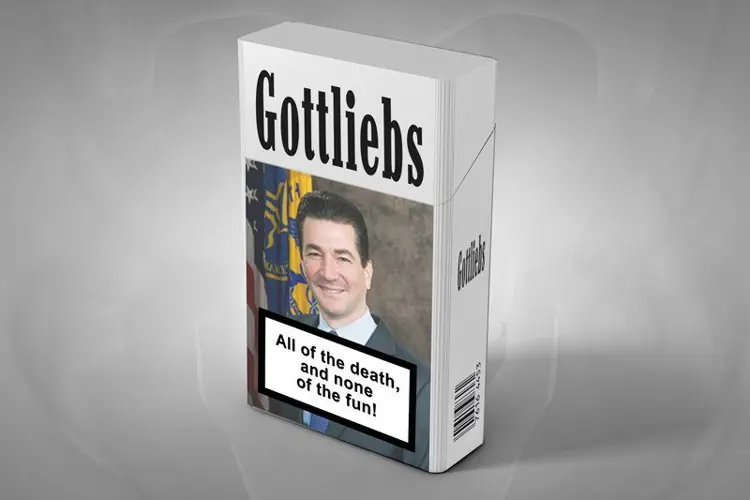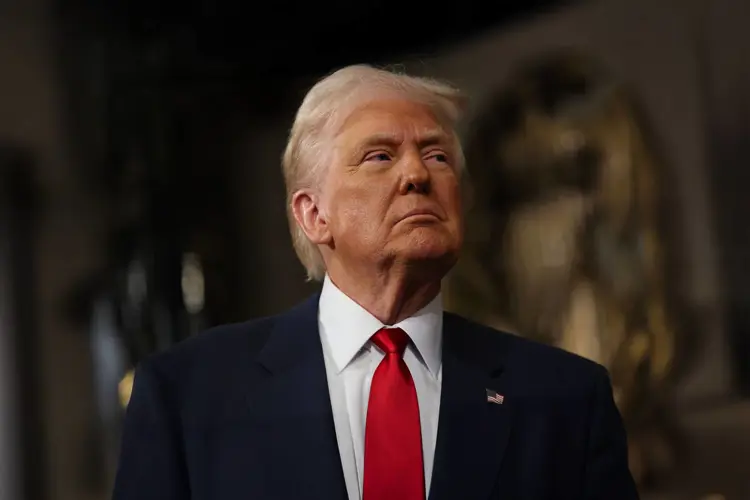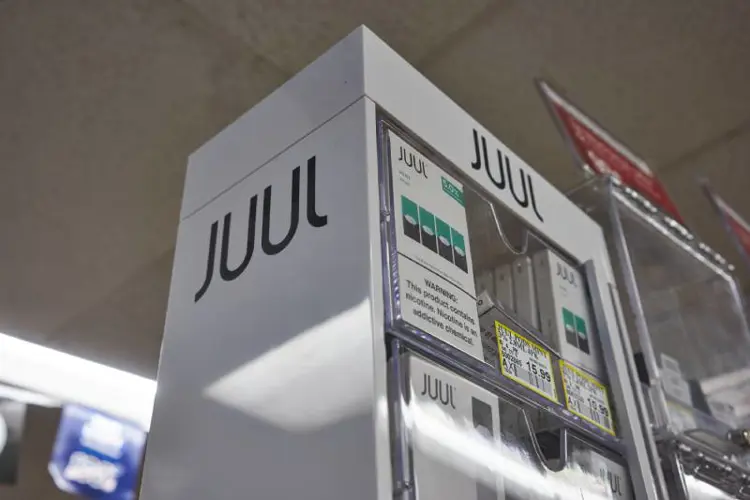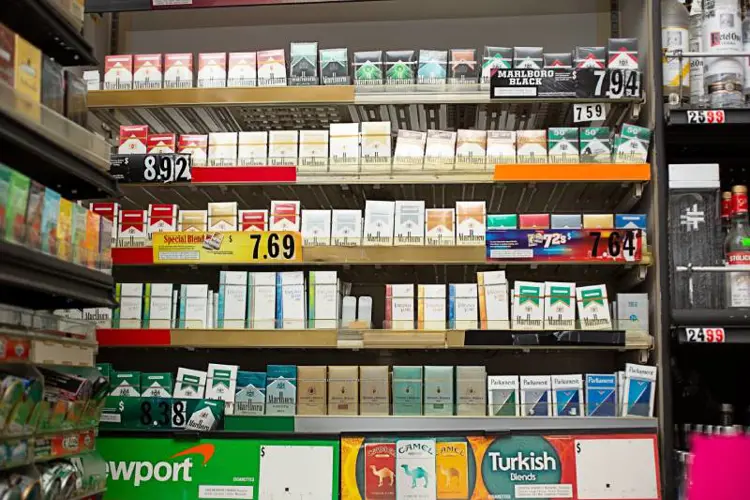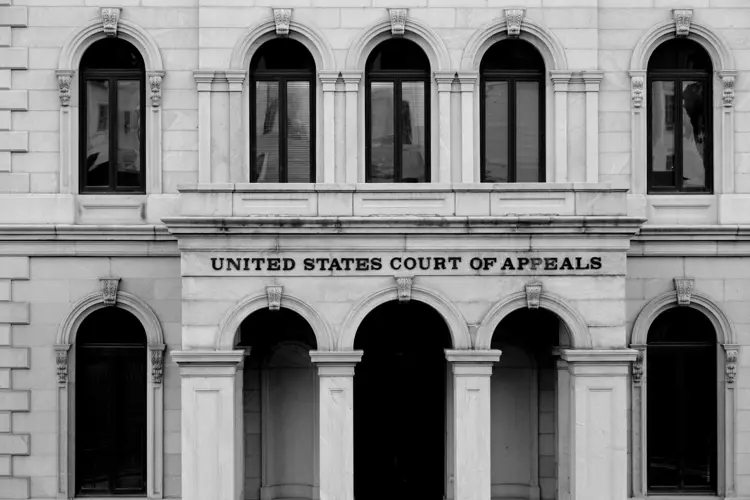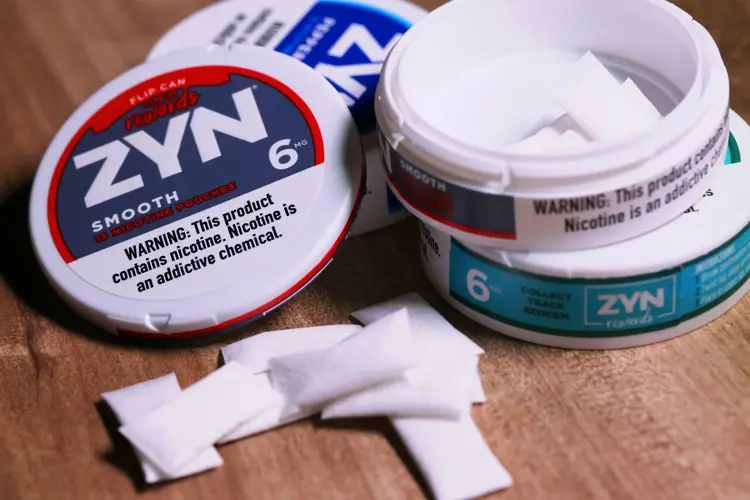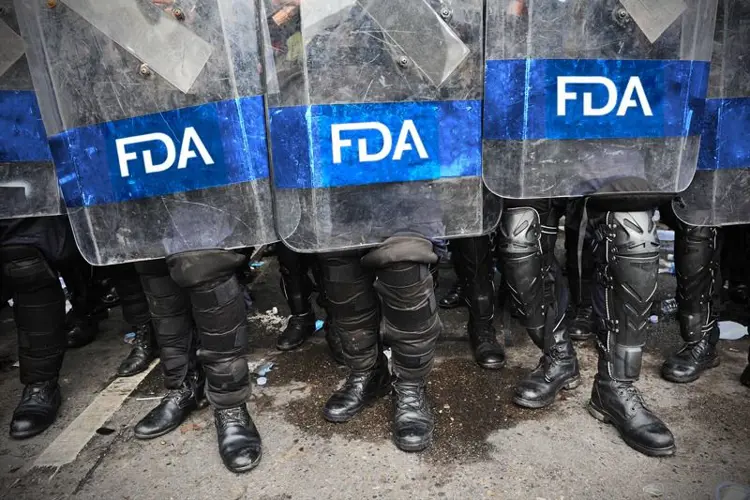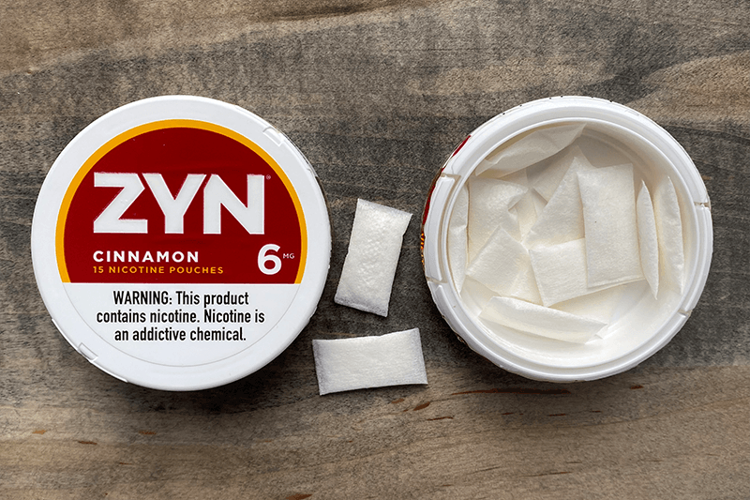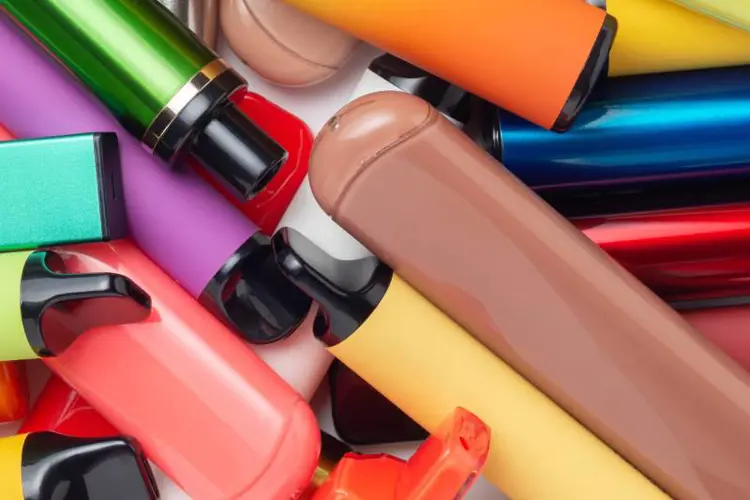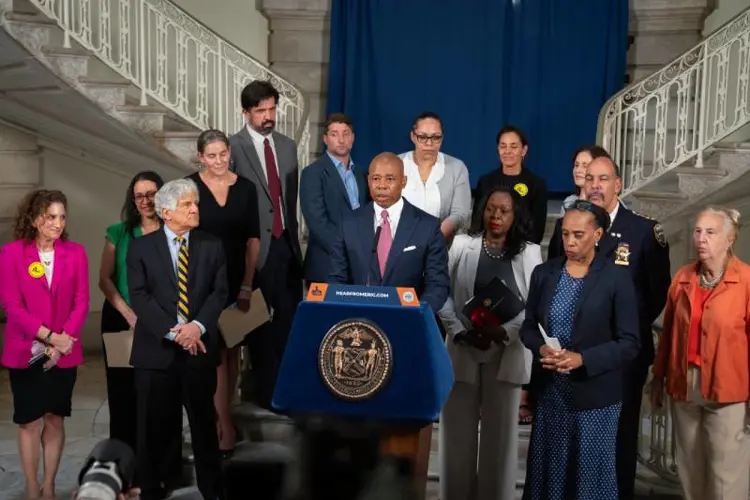The FDA plans to impose a product standard that would eliminate most nicotine from cigarettes, making them effectively non-addictive, and neutering the tobacco industry’s market power. The story was first reported last Friday by the Wall Street Journal.
The news wasn’t unexpected. The Journal reported over a year ago that the Biden administration was considering a revival of former FDA commissioner Scott Gottlieb’s “comprehensive plan” that included both mandated nicotine reduction and a menthol ban for cigarettes. FDA and Biden administration officials have so far not commented on last week’s WSJ story.
If the agency pursues the rule, it will require strong support from the White House, and probably from multiple administrations, because the tobacco industry is likely to fight the nicotine reduction rule to its last dollar. It could tie up the FDA in court battles for years.
The news comes as the FDA is gearing up for another huge battle with the tobacco industry: the recently announced plan to ban menthol cigarettes and flavored cigars. Why bother with menthol at all if they intend to remove nicotine from all cigarettes? The FDA hasn’t answered that question. The FDA Center for Tobacco Products (CTP) will enter this multi-fronted war led by new CTP Director Brian King, a former CDC official with no regulatory experience or legal training.
What are VLN cigarettes (or VLNCs)?
Such a rule would force all commercial cigarettes to become very low nicotine (VLN) cigarettes, like the ones made by 22nd Century Group that were recently authorized by the FDA under its Premarket Tobacco Application (PMTA) and Modified Risk Tobacco Product (MRTP) pathways. (22nd Century began test-marketing its VLN cigarettes in Chicago two months ago.)
VLN cigarettes (or VLNCs) contain only a small fraction (about five percent) of the nicotine contained in a standard commercial cigarette—believed to be too little to create or sustain cigarette addiction. Supporters of a VLN standard for cigarettes say that, without the normal level of nicotine, smokers will quickly lose interest in cigarettes and either quit smoking or switch to a lower-risk source of nicotine.
VLN cigarettes aren’t safer to smoke than standard cigarettes containing nicotine. Any health benefit they provide occurs only if people stop smoking them. If a smoker did continue to use VLNCs, they would be just as likely to get cancer, heart or lung disease as any smoker of regular, nicotine-containing cigarettes.
FDA refuses to correct public misperceptions about nicotine
Nicotine is not responsible for the health risks of smoking, but a majority of Americans mistakenly believe that nicotine causes cancer, and is the ingredient that makes tobacco use dangerous. Even doctors who treat diseases common among smokers wrongly believe that nicotine contributes substantially to smoking-caused diseases. It is the chemicals, gasses and particles created by burning tobacco that are responsible for smoking-caused diseases.
The FDA hasn’t engaged in an organized campaign to educate the public about nicotine and the low relative risk (compared to smoking) of non-combustible nicotine products, despite years of offhand references to the “continuum of risk.” Indeed, since the creation of the CTP in 2009, the public has become less knowledgeable about nicotine and smoking.
The FDA’s authorization of 22nd Century’s VLN cigarettes as “modified risk” products has surely added to the confusion, suggesting that cigarettes without nicotine pose less danger than ordinary cigarettes. A mandate that all cigarette manufacturers eliminate most nicotine from their products is bound to deepen the misunderstanding.
Tobacco control says VLN cigarettes are a “silver bullet”
The VLNC idea is an old one. Tobacco researchers and activists have been giddy over the prospect of eliminating most nicotine from cigarettes at least since the early 1990s. When Congress passed the Tobacco Control Act in 2009, the newly created CTP was forbidden from banning cigarettes altogether or completely removing the nicotine in them, but lawmakers gave the agency the power to reduce nicotine content.
Tobacco control activists are extraordinarily confident a VLN mandate will work—even describing it as a “silver bullet.” They gloss over evidence that VLNC test subjects cheat with regular cigarettes, and scoff at the possibility a low-nicotine mandate will create the largest black market since alcohol Prohibition in the 1920s.
In 2017, then-FDA Commissioner Scott Gottlieb proposed a “comprehensive plan” that would reshape the entire nicotine market to prevent young people from becoming addicted to cigarettes, and help existing smokers quit or shift to lower-risk nicotine products like vapes. The plan included a VLN cigarette mandate, a menthol cigarette (and possibly flavored vape) ban, a postponement of the PMTA deadline for newly deemed vaping products, and other steps.
It was a bold plan, and the cigarette restrictions were cheered by tobacco control and public health groups. Gottlieb got as far as publishing an Advanced Notice of Proposed Rulemaking (ANPRM) on the very low nicotine rule before he became wrapped up with the youth vaping “epidemic,” and the nicotine mandate wound up being forgotten. When Gottlieb left the FDA in April 2019, his bosses in the Trump administration quietly dropped his plan to reduce nicotine in cigarettes.
Now with anti-tobacco diehard Robert Califf at the FDA helm—and his hand-picked anti-vaping firebrand Brian King set to take over at the CTP—the VLNC rule is back, and this time it has a more sympathetic White House behind it. But Califf will have to press hard to accomplish the low-nicotine mandate quickly, because the window of political support could close if President Biden doesn’t win reelection in 2024.
How would a low-nicotine mandate affect vapers?
Forcing tobacco companies to remove most nicotine from cigarettes could, in theory, instantly double or triple the market for vaping products. However, at the same time the FDA plots the near-elimination of nicotine from cigarettes, it is also (through the PMTA review process) abolishing the most attractive vaping products, and handing the market to a few unpopular products mostly made by the tobacco industry.
Aside from the NJOY Ace and Daily, all of the vaping devices authorized so far by the agency have come from the tobacco industry: the Logic Power and Pro (owned by Japan Tobacco), and the Vuse Solo, Ciro and Vibe (owned by Reynolds/British American Tobacco).
The FDA hasn’t authorized a single bottled e-liquid or open-system (refillable) device. Instead the agency created an after-the-fact product standard that allowed it to issue boilerplate Marketing Denials Orders (MDOs) to virtually all flavored products (except menthol products, all of which “remain in review”). The agency has deliberately shut out the small, independent companies that created the American vaping industry.
When Scott Gottlieb outlined his proposal for a comprehensive plan to reshape the nicotine product market, he acknowledged that it would be important to have a variety of non-combustible products available for smokers to switch to. He specifically called for FDA rules that would make it easier to “move addicted smokers down that continuum of risk to these less harmful products.”
Without attractive choices, the inevitable cigarette black market could be impossible to control—especially when reducing nicotine and banning menthol at the same time. That was a concern for Gottlieb in 2017, but hasn’t been much of a consideration (at least publicly) for the current regulatory regime.
Today’s FDA leadership hasn’t expressed any worry about the consequences of creating a large illicit cigarette (or vape) market. Tobacco control leaders inside and outside the FDA have blithely dismissed sensible concerns over enforcement in minority and low-income communities and the suffering and imprisonment that will likely result. They appear content to deny responsibility for any potential unintended consequences of their planned prohibition and hurtle forward into the unknown.
By all evidence, the Califf-led FDA is determined to pare down non-combustible nicotine product choices to a minimal number of unpopular devices and flavors, and tell smokers to like it or lump it. But many will certainly choose Option C and buy black market cigarettes and vapes instead. What then?
The Freemax REXA PRO and REXA SMART are highly advanced pod vapes, offering seemingly endless features, beautiful touchscreens, and new DUOMAX pods.
The OXVA XLIM Pro 2 DNA is powered by a custom-made Evolv DNA chipset, offering a Replay function and dry hit protection. Read our review to find out more.
The SKE Bar is a 2 mL replaceable pod vape with a 500 mAh battery, a 1.2-ohm mesh coil, and 35 flavors to choose from in 2% nicotine.
Because of declining cigarette sales, state governments in the U.S. and countries around the world are looking to vapor products as a new source of tax revenue.
The legal age to buy e-cigarettes and other vaping products varies around the world. The United States recently changed the legal minimum sales age to 21.
A list of vaping product flavor bans and online sales bans in the United States, and sales and possession bans in other countries.

